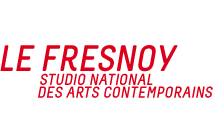-
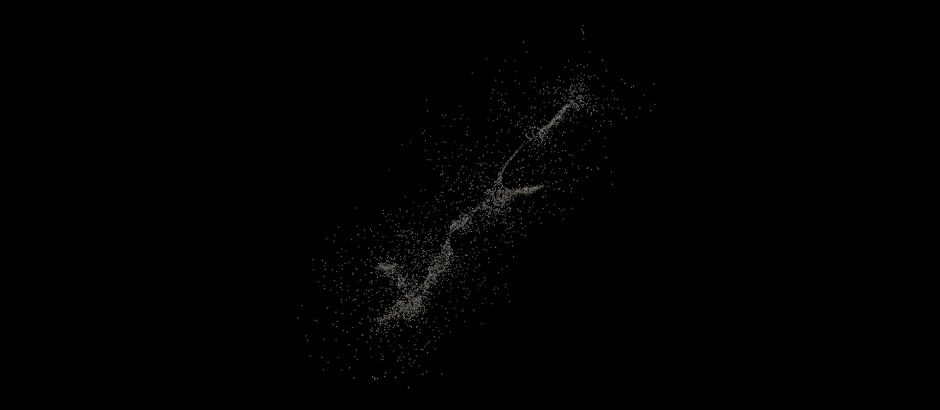 MolRyoichi Kurokawa
MolRyoichi Kurokawa -
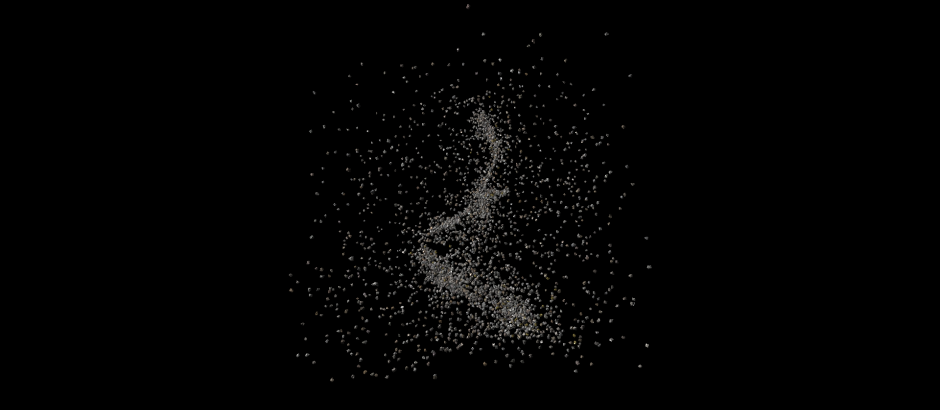 MolRyoichi Kurokawa
MolRyoichi Kurokawa -
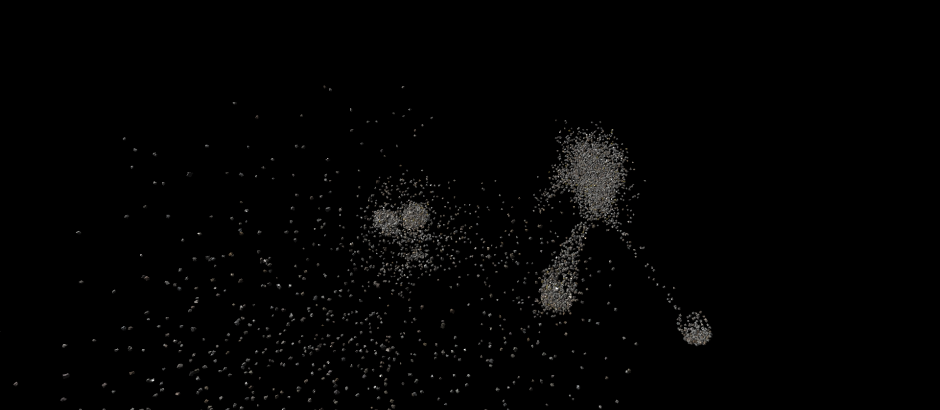 MolRyoichi Kurokawa
MolRyoichi Kurokawa -
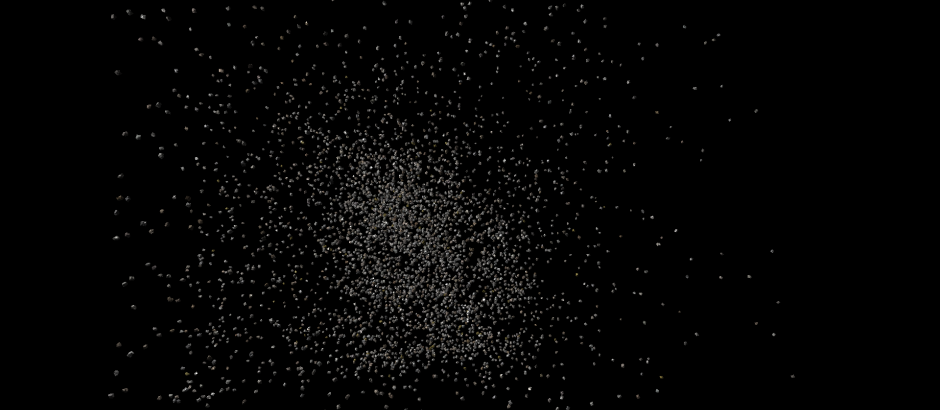 MolRyoichi Kurokawa
MolRyoichi Kurokawa -
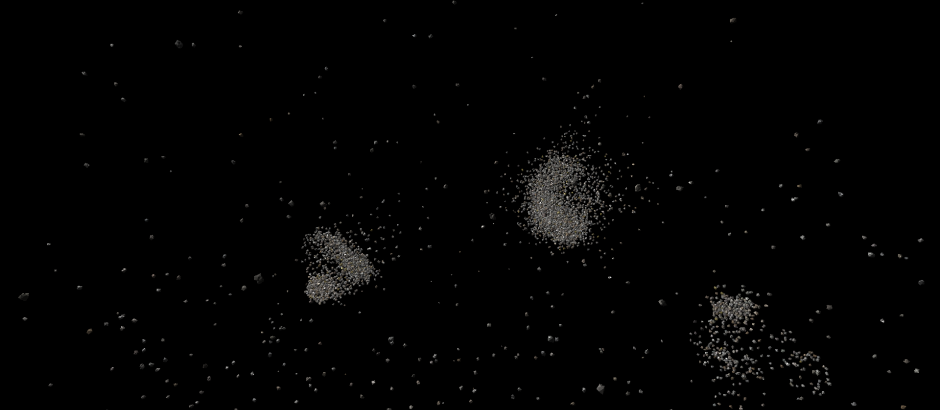 MolRyoichi Kurokawa
MolRyoichi Kurokawa
Mol-Panorama 14
-
DESCRIPTION
The work of Ryoichi Kurokawa is an uninterrupted and inseparable flow of sounds and images in perpetual movement, in which the notion of synaesthesia is central. His installations strive to establish sensorial correspondences, transcribing sounds into shapes, colours into sounds. Faced with multi-screen videos, our body experiences the visual and sound stimuli that his works provoke, whereas our mind wanders in these forests of digital symbols, endless sound landscapes. On the screens, the shots of reality disappear and reappear in sculptural fashion. Reality becomes abstraction, vegetal matter, digital structure. Self-educated, Ryoichi Kurokawa transcends the organic and natural forms and deconstructs them through the relationship to space and nature strongly influenced by Japanese tradition. The vitally important work on sound also borrows from nature; drops of water falling, backwash of the waves. Mixed and recomposed, added to digitally generated sounds, these elements create new sound architectures.
In these changeable and temporary structures where time and space are one, the question of memory is always implicitly present. The rhythmic apparition of these images on the screens is carefully orchestrated. In the constant concern for technological innovation, the work of Ryoichi Kurokawa also includes a performative dimension with the reactivation of his installations in audiovisual concerts.
The titles of Greek and Latin origin that he gives some of his works (Rheo, Celeritas, Syn), are also codes and symbols to be decrypted. Entitled Mol, the installation produced at Le Fresnoy borrows its title from the chemistry symbol. Mirrors and holographic projections explore here the question of representation and perception. Defying laws of physics and optical phenomena, the digital molecular shapes multiply endlessly onto two screens forming a spatial arrangement in which the spectator’s body engages.
_ Lucie Ménard
